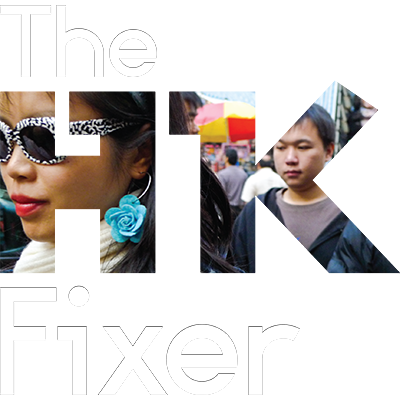The Science of Film and Story: Emotions and Engagement
Whether it is a documentary, a blockbuster or a short film, there is no doubt that film has the ability to influence an audience. But this is not an innate aspect of film. It takes time and strategy to create a film that is exceptional. The techniques used by a filmmaker can greatly determine the trajectory of an audience’s emotions as they watch a film.
Let’s look at an example. Procter and Gamble (P&G) has launched its “Thank You, Mom” campaign for the 2010 Olympics, and has been releasing very successful advertisements based on this model since then. The short film featured in the Rio 2016 campaign focused on motherhood. It followed the stories of actual Olympians and how their mother made sacrifices for them, but also provided them with unconditional love and support.
A variety of different cinematographic techniques were used. Mostly, the film used a series of medium and short shots, allowing the audience to get a clear view of the facial expressions and body language of the individuals in the scene. These shots were intimate and personal, so the viewer could feel as though they were involved and were physically with them. Long shots were also used to show the audience the environments and communities in which the different families belonged to, and the destinations that they reached, so that the audience could get a sense of where the mothers and children were coming from.
P&G 'Thank You, Mom' Campaign Ad: "Strong" (Rio 2016 Olympics)
If this film makes great use of camera angles, edits build-up and music for emotional pay-off, it also has a strong script that makes full use of the hero’s journey story framework. We see these kids in scary situations, foundational life changing moments that turn their lives towards success, thanks to maternal instinct. The character’s arcs strong.
The short film pulled on the heart strings of the audience and, as a result, the audience formed a positive association of the brand. This is evident from the fact that in 2010, the campaign was the most successful in the company’s 175-year history, and they experienced a $500 million increase in global sales.
So, what can be learnt from this campaign? It has revealed the importance of not only utilising film to enhance a company’s brand image, but also that the filmmaking techniques that are being used need to be the ones that are highly influential and able to create an emotional response from the viewers. Therefore, brands should be intentional with the visual elements that they present to their customers.
Additionally, storytelling is evidentially an important factor. The audience wants to feel as though they can connect with the story being told and the overall message behind it. P&G, for example, have used the notion of tough beginnings and triumphant endings as this is often what many people can relate to.
In many ways, the use of film can be seen as a neuromarketing technique. Studies have shown that film and video directly affect the memory, attention and emotional circuits in the brain. What a useful way for companies to create positive emotional associations with their brand.
Ultimately, the key is to create films that are telling real stories, and that engage an audience authentically and organically. Experienced filmmakers have mastered the art of using specific filming techniques to stimulate a natural emotional response from the viewer. A strong script, a cinematic use of camera angles and movement, lighting, sound and editing are among the many ways in which this goal can be achieved. Stay tuned to The Hong Kong Fixer’s pages for more applied aesthetic media and creative storytelling knowledge.
So, for your next advertising film, video campaign or internal communication, we invite you to get in touch with us. We have been studying the science of film and story for emotions and engagement for over 15 years and can’t wait to channel this to boost your brand’s audience.
References
Aaker, D. (2013). “Thank You, Mom” is a Model Campaign in a Global World. Prophet, viewed 19 August 2020.
Harrell, E. (2019). Neuromarketing: What You Need to Know. Harvard Business Review.
Heiderich, B. T. (2018). Cinematography Techniques: The Different Types of Shots in Film. Ontario Mining Assosiation.
Krajnovic, A., Sikiric, D., & Jasic, D. (2012). Neuromarketing and Customers’ Free Will. Managing Transformation with Creativity.
McKee, D. (2018). How to Use Documentary Filmmaking Techniques to Craft Memorable Content. Content Marketing Institute, viewed 18 August 2020.
White-Sax, B. (2018). Brands Continue to Embrace Power of Film as a Storytelling Platform. PR Week, viewed 19 August 2020.
Wieden & Kennedy, (2010). P&G Thank You, Mom. Widen & Kennedy, viewed 18 August 2020.




